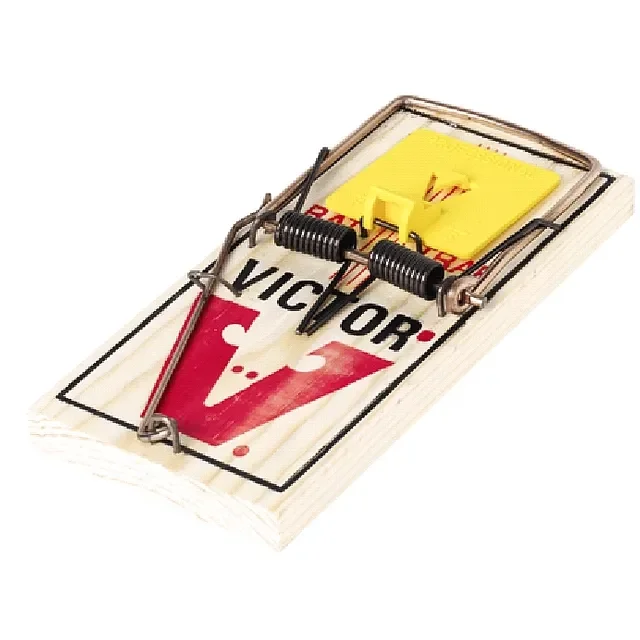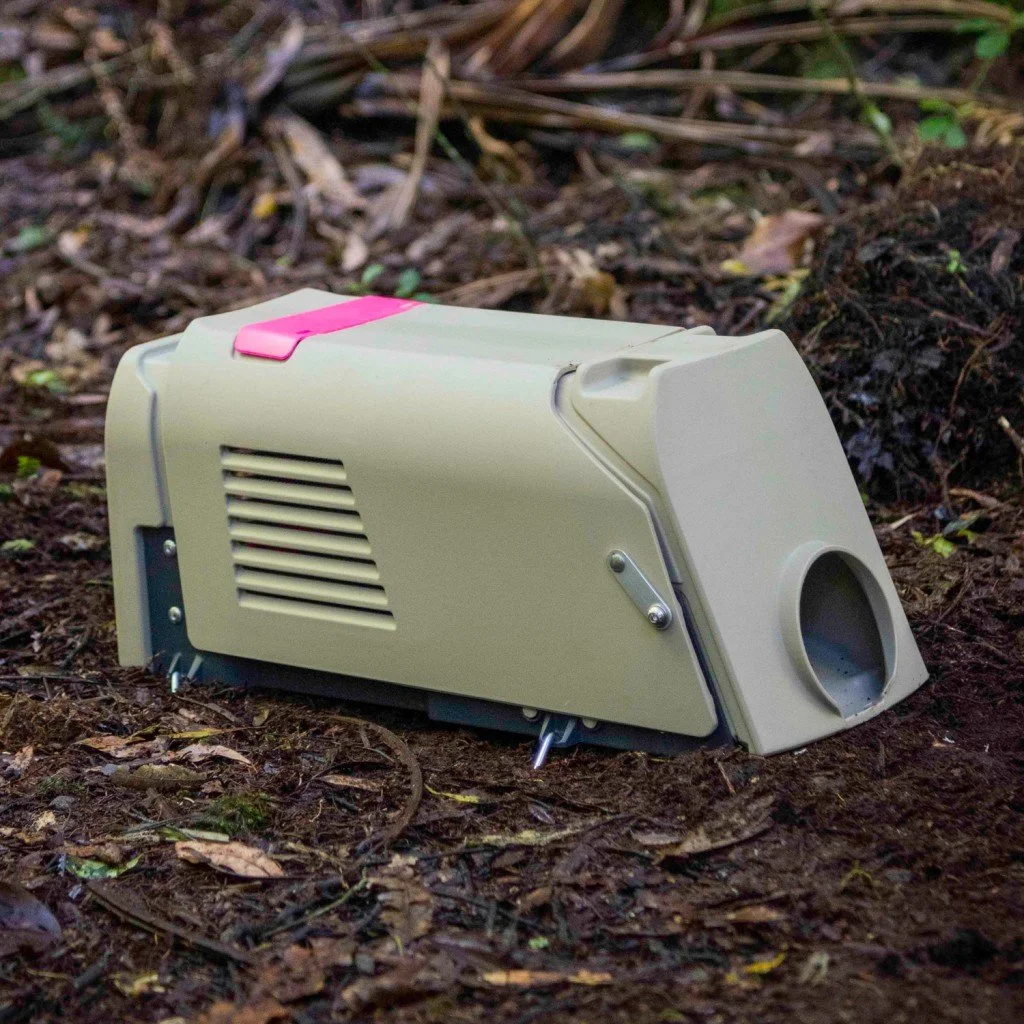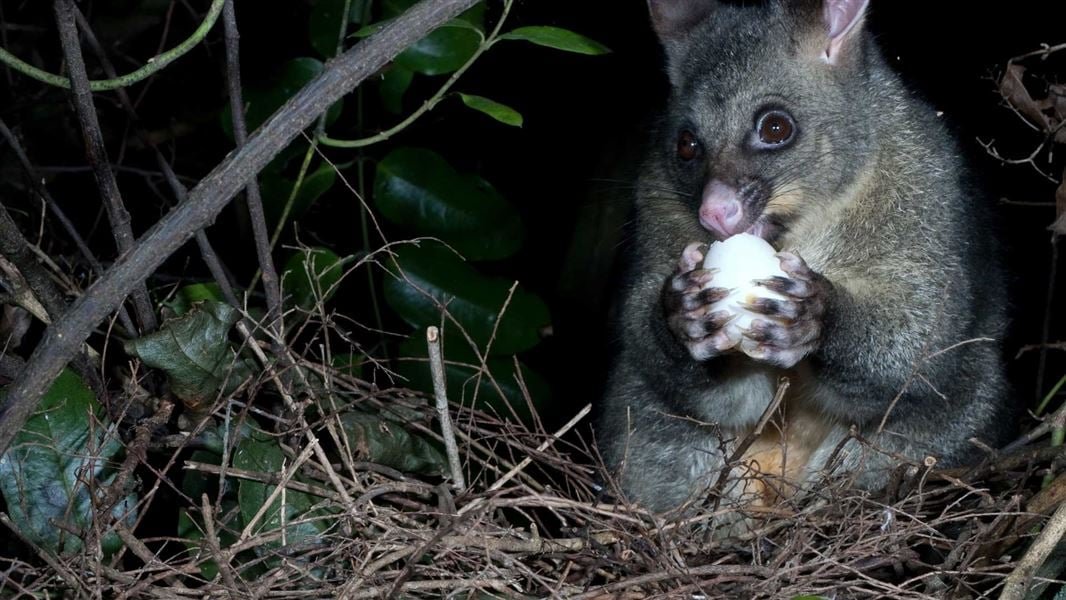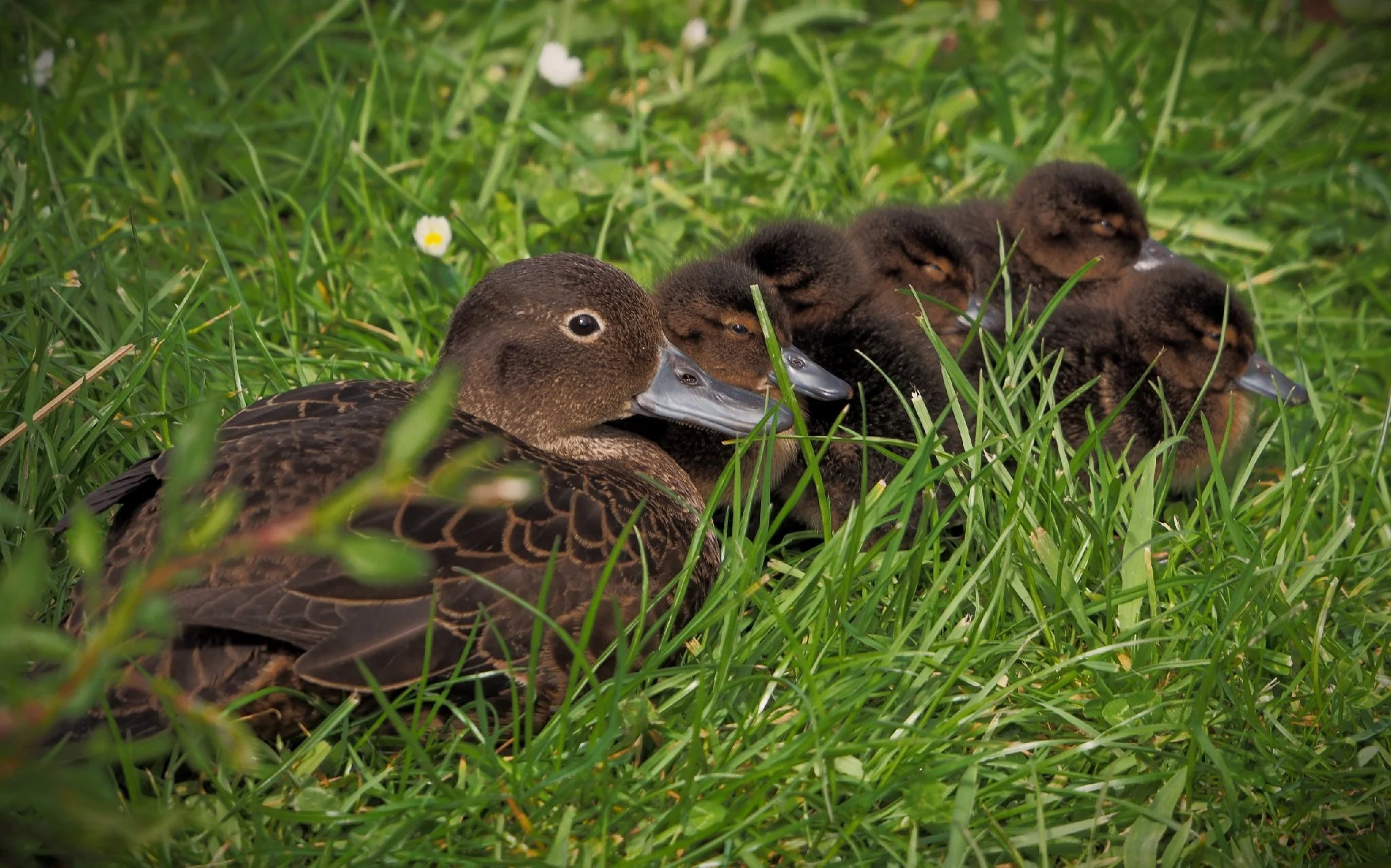The "Halo Effect", a product of the Halo Project, occurs when native species naturally spread from protected areas (like Rotokare, whose pest-free environment has boosted the numbers of native animals surrounding it), creating a 'halo' of greater biodiversity
Halo Project
Proudly Supported By
With the completion of the pest-proof sanctuary fence and eradication of 12 mammalian pest species, trapping ensued around the outside of the fence, particularly around high-risk areas such as the gates and culverts. This endeavour has highlighted the abundance of pest animals routinely active within millimetres of the pest-free sanctuary environment.
The Halo Project concept was developed in 2011. Our first priority is to maintain the integrity of the sanctuary, and then the provision of sustainable protection for overflowing native wildlife through the eradication of pests in the adjoining land, coupled with the creation of ecological corridors to other protected areas.
A grant through the Community Environment Fund enabled the project to commence in 2015. By August of that year, new trap deployments had begun and a Halo Ranger was employed in January 2016 to manage the operational aspects of the project.
In 2023, with the help of the TOI Foundation, Rotokare was able to hire a full-time Halo Trapper. This role has allowed spillover species to be safe in the halo through the extensive trapping network being undertaken with monthly checks.
4700 hectares
1247 traps
63 bait stations
129 Monitoring stations
21468 pests eradicated
Deployment
Catch Breakdown
11493 Rats
2719 Mice
1927 Hedgehogs
1553 Possums
1644 Rabbit
635 Feral cats
735 Stoats
261 Weasels
44 Ferrets
60 Goats
Trap Hardware
Goodnature A24
Target species: rats and mice
Rewild F-Bomb
Target Species: Stoats, Ferrets, Feral cats, Hedgehogs and rats
WheroNet
A trap sensor network, used to inform the team when traps have been sprung.
DOC 200 and 250
Target Species: Stoats, ferrets, weasels, feral cats, hedgehogs and rats.
Victor Rat and Mouse Trap
Target Species: Rats and Mice
Steve Allen
Target Species: Possums and feral cats
Live Capture
Target Species: Feral cats. possums and ferrets.
Phil Proof Bait Station
Target Species: Possum
Trapinator
Target Species: Possums
Target Species
The Success of Halo
The Halo project has been active for over ten years; in that time, over 20,000 pests have been trapped in the 4700 area.
As a result of this extensive trapping, we have noticed a return of some of our more sensitive species to the space. Biodiversity monitoring has picked up increases in toutouwai (North Island Robin), titipounamu (riflemen), pōpokotea (whitehead), mokomoko, both forest geckoes and golden stripe geckoes and pāteke (brown teal).
The success of pāteke in the halo is a true mark of the efforts of the team. Since 2019, pāteke have been successfully breeding in the halo, and the number of sightings is constantly increasing.






























